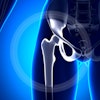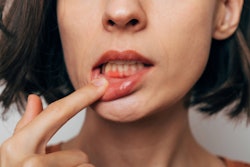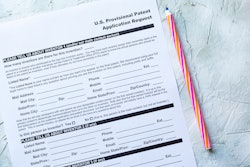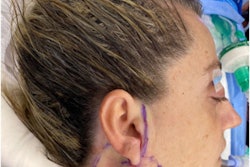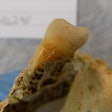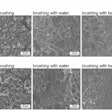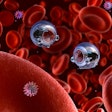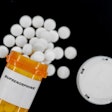High-intensity focused ultrasound (HIFU) may successfully eliminate biofilms from titanium (Ti) dental implant surfaces, according to a study recently published in the International Journal of Implant Dentistry.
More studies are needed, though, to assess its potential for preventing and managing peri-implantitis, the authors wrote.
“This study provides preliminary in vitro evidence that HIFU can remove bacterial biofilms,” wrote the authors, led by Minh Dien Tran of the University of Western Australia Dental School (Int J Implant Dent, September 1, 2025, Vol. 11:1, pp. 1-14).
The study sought to evaluate the effects of HIFU on removing Streptococcus mutans (S. mutans) biofilms from Ti substrates and its impact on Ti surface topography. A total of 22 Ti disc pairs were used, with HIFU applied at intensities of 0, 10, 20, and 30 W for two minutes in water, and surface changes were assessed, they wrote.
To test biofilm removal, 10-day-old S. mutans biofilms were grown on 20 Ti disc pairs, and the optimized 20 W intensity was applied to five test pairs. Biofilm reduction was examined qualitatively and quantitatively. Results from treated discs were compared with untreated controls.
Projections showed that S. mutans biofilms were thicker on alumina grit-blasted (AB) surfaces versus machined (M) substrates. HIFU reduced biofilms on both surfaces, and although a scanning electron microscope revealed incomplete removal, some areas were completely cleared, they wrote.
On AB discs, HIFU at 20 W significantly increased the surface roughness (arithmetic mean height: 1207 nm vs. 842 nm; root mean square height: 1455 nm vs. 1042 nm; developed interfacial area ratio: 62% vs. 30%, p < 0.05). This optimized treatment reduced bacterial counts by 76% on M discs and 59% on AB discs in low cytometry assays. Overall, HIFU demonstrated both partial and complete biofilm removal along with significant surface changes.
However, the study had limitations. The flat surfaces used in the study do not reflect the complex structures and peri-implant conditions that make biofilm removal from real dental implants challenging, the authors added.
“The results from this study provide preliminary in vitro evidence that HIFU, given its potential advantages over existing non-surgical methods for debriding Ti implant-attached biofilms, merits further investigation as a possible therapeutic approach,” they wrote.




